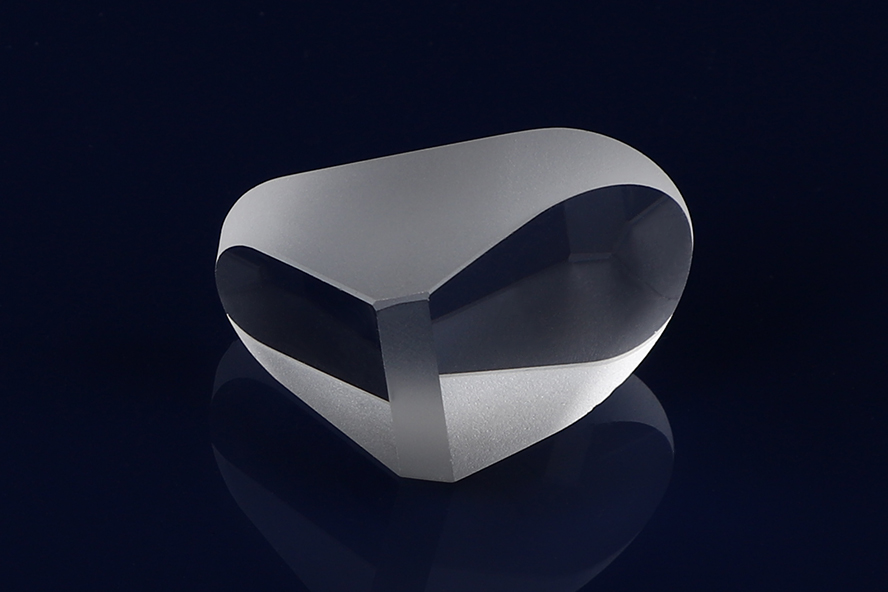Quartz glass has long been recognized for its exceptional physical and chemical properties, making it popular in various industries. This article offers a thorough analysis of quartz glass performance across multiple fields from an industry professional's point of view;

Basic Characteristics of Quartz Glass
Quartz glass is an amorphous silicate glass material produced using high purity silicon dioxide, featuring unique properties. Some such features of quartz glass include:
Quartz glass boasts an extremely high softening temperature of over 1000F, making it an excellent material to be used in high temperature applications.
Quartz glass exhibits excellent transparency across ultraviolet, visible, infrared and other wavelength bands. Furthermore, it has an exceptionally low coefficient of expansion when temperatures change significantly; making it less prone to cracking.
Chemical Stability: It has excellent corrosion resistance against most acids, bases, salts and other chemicals.
Quartz Glass Is Used Widely for Optics Quartz glass is widely utilized in the manufacturing of optical devices, such as lenses, prisms, and filters due to its excellent transmission properties in ultraviolet and infrared spectrum ranges. Furthermore, its low thermal expansion coefficient makes it a superior material choice for precision optical instruments.
Quartz glass has long been recognized for its ability to withstand high temperature and clean environment requirements in semiconductor production, and therefore frequently serves as an essential component in semiconductor fabrication, including reactor tubes and quartz boats, due to its temperature resistance and chemical corrosion resistance.
Quartz glass is an indispensable material in laboratory environments, being widely employed to construct high-temperature containers, test tubes and distillers. Due to its chemical inertness, it remains stable when exposed to strong acids or bases.
Quartz glass forms the cornerstone of optical fiber communication systems, thanks to its transparency and durability ensuring secure signal transmission over optical fibers. Quartz's use in modern communication technologies has greatly contributed to their advancement.
Quartz glass offers many advantages over ordinary glass in terms of high temperature resistance, light transmittance, chemical stability and other areas. Ordinary glass has a lower softening point and tends to deform under high temperature conditions while quartz can remain stable at extremely high temperatures. Furthermore, quartz demonstrates extraordinarily high transmission over a broad spectral range spanning deep ultraviolet to infrared wavelengths while its counterpart lacks this capacity.
Market Prospects for Quartz Glass
As high-tech industries like optical instruments, semiconductors and communications continue to advance, demand for quartz glass has seen its demand continue to increase rapidly. According to market analyses, market forecasters anticipate stable growth for the industry over the coming years due to its outstanding performance in high temperature environments; also making an appearance in emerging industries such as aerospace manufacturing and solar cell fabrication.
Dongguan Jundro ceramics Technology Co.,Ltd
E-mail:info@jundro.com
Tel:+86-769-82913501
Fax:+86-769-82913801
Add: Room 306, Gate B, Unit 1, Block 2 South, No. 1 Yile Road, Songshan Lake, Dongguan City, Guangdong Province, China(523808)
© August Dongguan Jundro ceramics Technology Co.,Ltd- 2023